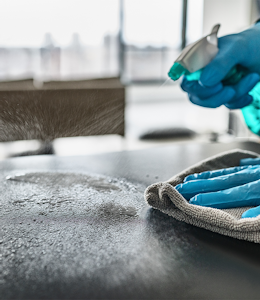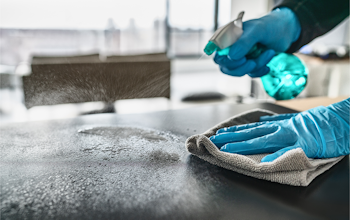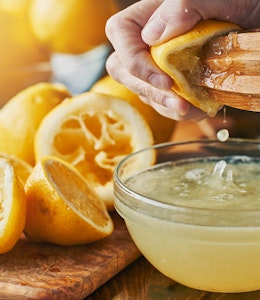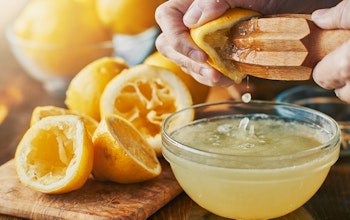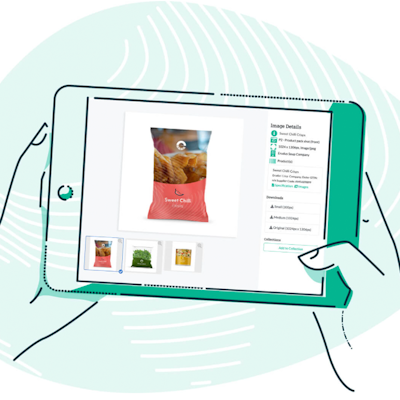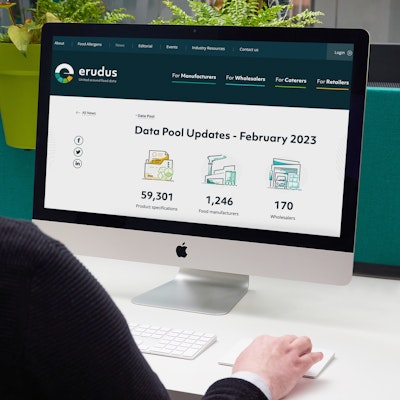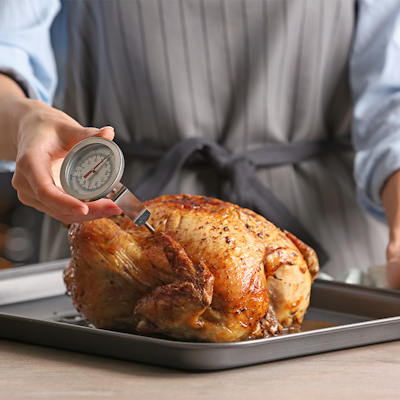How to use disinfectant
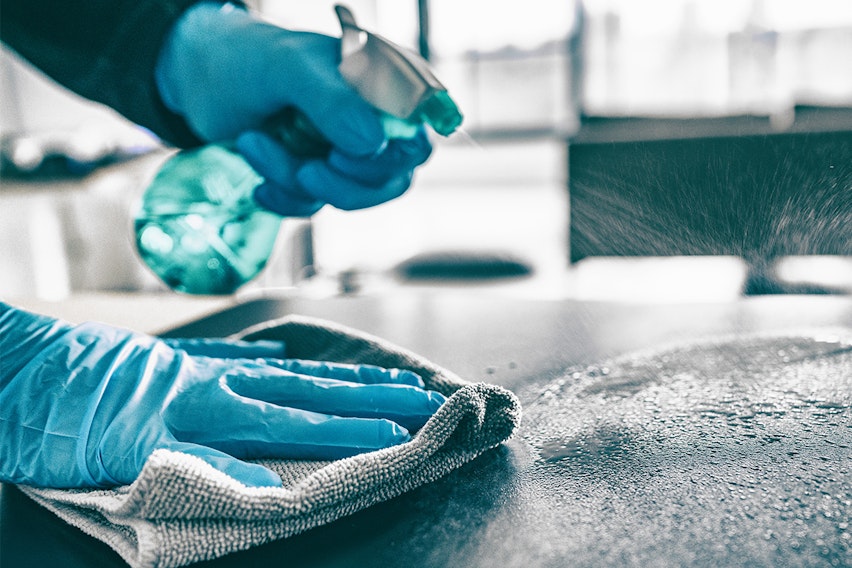
Disinfectant is crucial to safety in foodservice, where the spread of bacteria and viruses can lead to food poisoning and other illness. That’s why we’ve put together this handy guide compiling everything you need to know about disinfectant and sanitisers…
Here’s the big questions around disinfectant:
- What is disinfectant?
- Is disinfectant the same as sanitiser?
- Where should you use disinfectant?
- What can I use instead of disinfectant?
- Does disinfectant kill bacteria?
- What is the most effective disinfectant?
- What’s the difference between an antiseptic and a disinfectant?
- What disinfectants do restaurants use?
- Is disinfectant safe on bare skin?
- Can I use expired disinfectant?
Now let’s find out the answers (as well as some top tips and advice from the experts)...
What is disinfectant?
Disinfectant is a substance or compound used on non-living surfaces to kill bacteria, viruses and other germs and microorganisms responsible for causing infection or diseases (though depending on the disinfectant it may not be able to kill particularly stubborn bacterial spores).
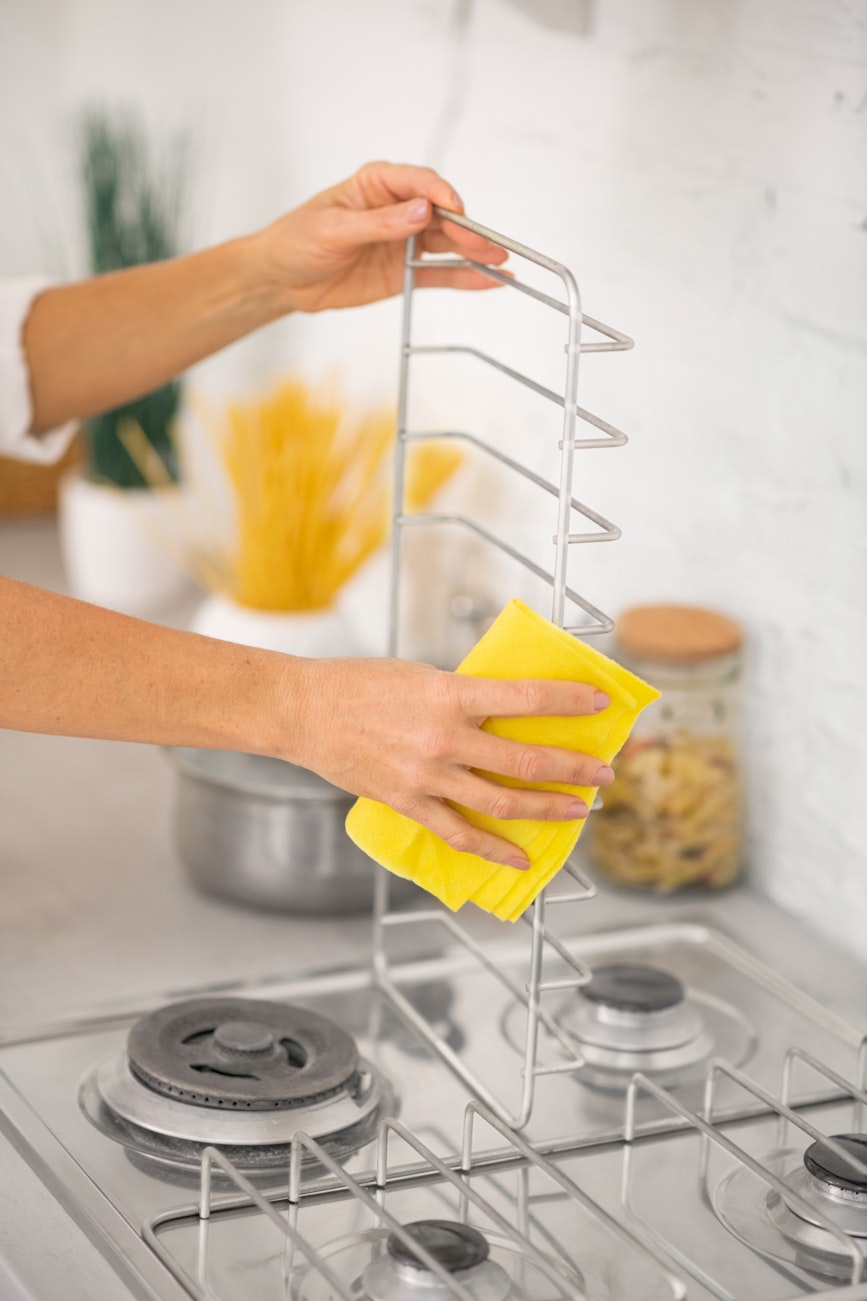
They work by dismantling a microbe’s cell walls, and are generally classed as biocidal chemicals and hazardous substances - though some varieties are harsher than others.
Is disinfectant the same as sanitiser?
No, sanitisers and disinfectants are not the same thing - generally disinfectants are the much stronger of the 2, and used to kill bacteria and germs on surfaces and non-living objects.
Sanitisers, whilst used to simultaneously clean and disinfect, do the latter to a much milder level (and cannot kill all viruses) and can be used on things that come into human contact, and even skin.
Where should you use disinfectant?
In kitchens, disinfectant should be used on food contact surfaces, utensils and equipment after use - particularly after handling raw food. Floors, walls and especially appliances such as microwaves and refrigerators should also be disinfected on a regular basis. Sanitising of your work area should also take place as you go along. Most types of disinfectant need to sit on a surface for around 2-3 minutes in order to work, and should then be wiped off and the surface wiped down or rinsed with water.
The Food Standards Agency (FSA) advise that any chemicals used in food establishments to clean and disinfect food contact surfaces and equipment must be approved as food safe. You are advised to follow the Manufacturer’s preparation and cleaning instructions. You should pay particular attention to contact times.
What can I use instead of disinfectant?
You can use heat as a Critical Control Point if disinfectant is not available, steam cleaning non-living surfaces and placing utensils into boiling water to kill off bacteria.
Soap and sanitisers can also be used to clean in place of disinfectant, but soap and hot water will simply remove germs and bacteria from a surface rather than killing them.
It is recommended that if the disinfectant products you routinely use are not available, you should seek approved, food-safe alternatives with equivalent and effective properties.
Does disinfectant kill bacteria?
Yes, disinfectant kills germs, bacteria and viruses on non-living surfaces. However, the surface should be cleaned before disinfecting in order for any dirt not to impede the disinfectant.
What is the most effective disinfectant?
There are several effective disinfectants, including alcohol, chlorine, formaldehyde, hydrogen peroxide, iodophors and peracetic acid. However, the most commonly used strong and effective disinfectant is bleach (in which the main disinfectant ingredient is sodium hypochlorite), which is usually mixed with water and diluted for use - taking as little as ten minutes to work. Rubbing alcohol - known as isopropyl, which has a concentration of at least 70% is also a widely used and effective disinfectant.
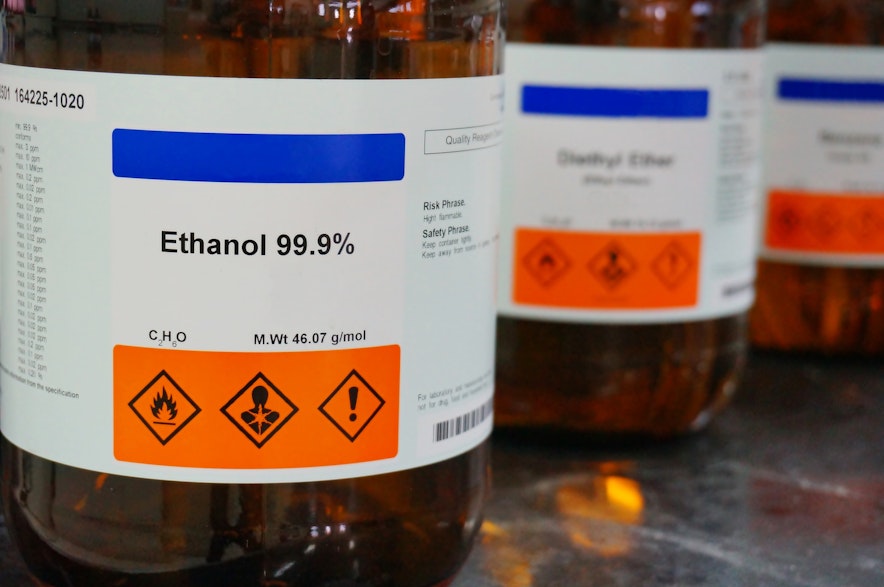
Over the counter disinfectants and sanitisers often double up as antiseptics and contain active ingredients like chloroxylenol.
In commercial kitchens disinfection products should meet the BS EN standards, with product labels containing the code BS EN 1276 or BS EN 13697. You can find a list of disinfectants Approved for use in England, Scotland and Wales here.
What’s the difference between an antiseptic and a disinfectant?
The primary difference between antiseptic and disinfectant is that antiseptics are used to kill microorganisms and germs living on the body’s surface (skin) whilst disinfectants are used to kill germs and microorganisms such as bacteria and viruses on non-living surfaces. Both are used to control disease.
What disinfectants do restaurants use?
Chlorine, peroxyacetic acid, iodine, and quaternary ammonium (QUATs) are the main types of disinfectant and sanitiser used by restaurants and other hospitality businesses.
Some of these businesses may also use bleach for cleaning, but as bleach is harsh and can be harmful to the human body it is advised not to use it near food.
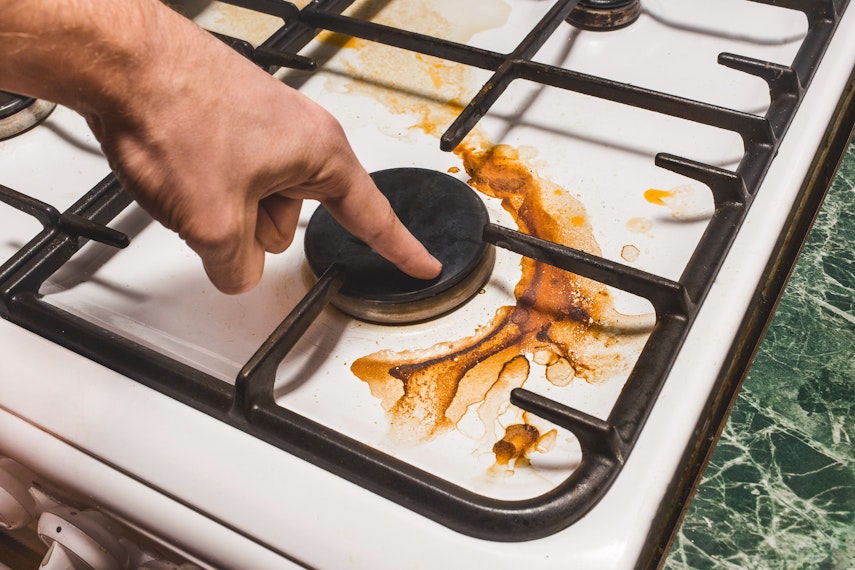
Disinfectants will not work effectively on surfaces covered in grease or visible dirt. In order for disinfectant to kill bacteria and viruses it must be applied to a clean surface and left there for a sufficient amount of time (as advised on the label).
Is disinfectant safe on bare skin?
Most disinfectants will irritate bare skin, particularly if not diluted, and it is advisable to wear gloves when using them, and washing any skin areas that do come into contact with disinfectant thoroughly with water. Undiluted disinfectants (like bleach) that contain harsh chemicals such as hydrochloric acid, lye and sodium hydroxide can damage or burn bare skin. However, some other disinfectants, such as rubbing alcohol, ethyl alcohol and isopropyl alcohol are safe and actually used on the skin to clean it prior to procedures such as injections, and are among the active ingredients found in many hand sanitisers. Always check the label to see if a sanitiser or disinfectant is safe for contact with skin.
Can I use expired disinfectant?
It is not advisable to use expired disinfectant, as it is not likely to effectively kill germs, bacteria and viruses - best before dates are used on such products to advise users of the time frame in which they remain potent enough to work properly. In the case of most over the counter disinfectants, this is around 1 year.
Wash/rinse surfaces down with water thoroughly after they have been disinfected - particularly if they are likely to come into contact with food or skin.
You may also be interested in…


You may also be interested in…
Why you should make avoiding Cross Contamination a priority
ReadYou may also be interested in…
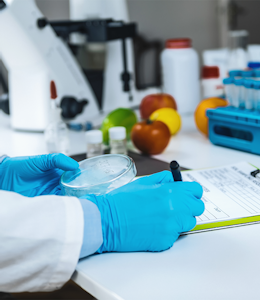
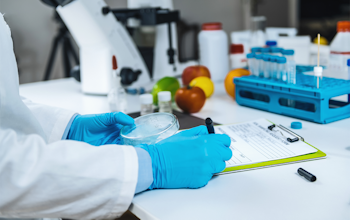
You may also be interested in…
